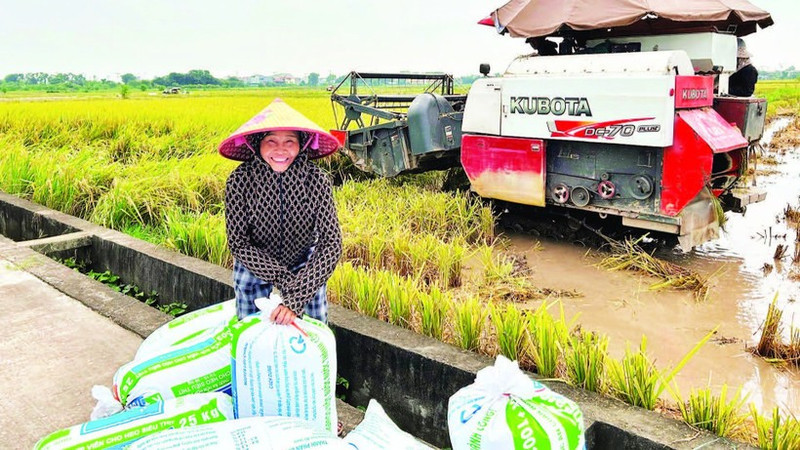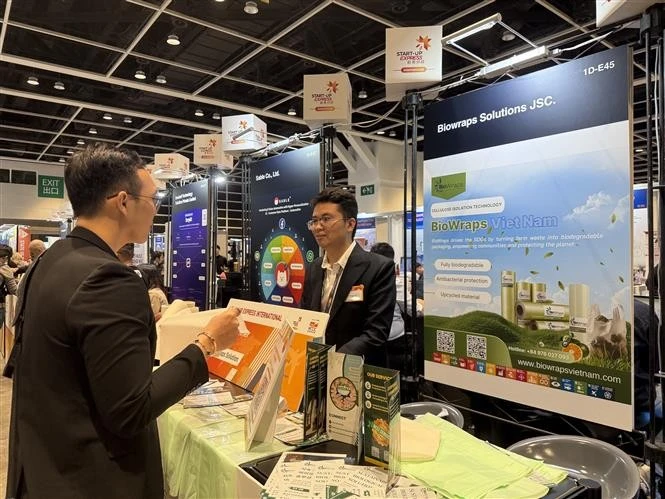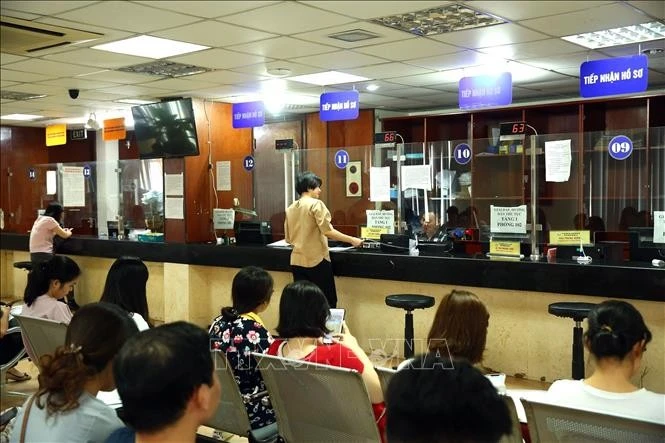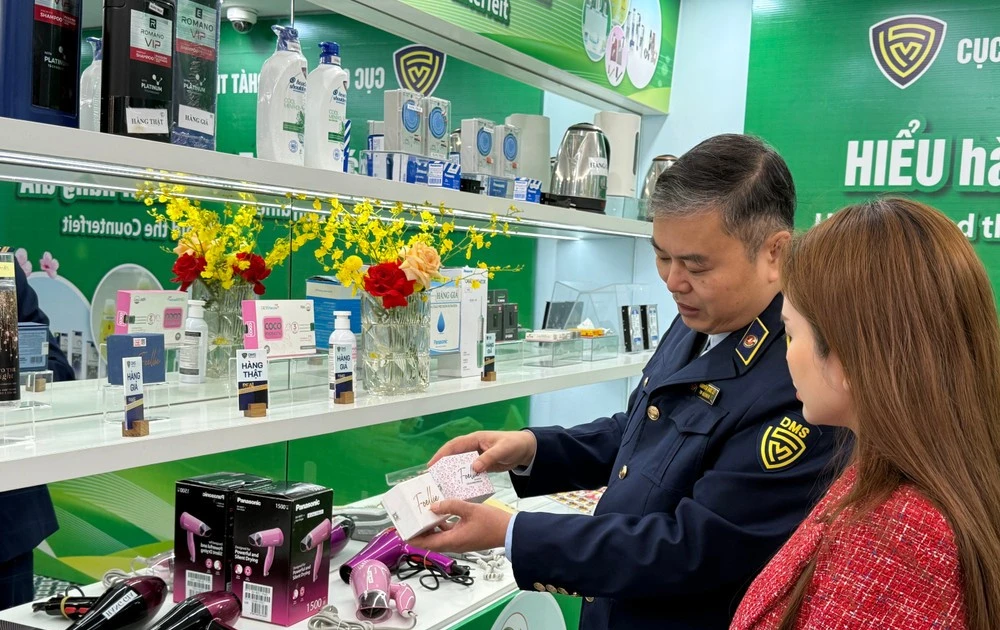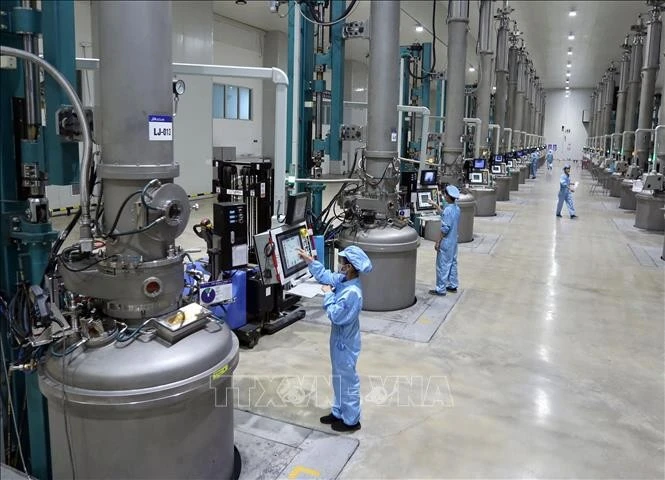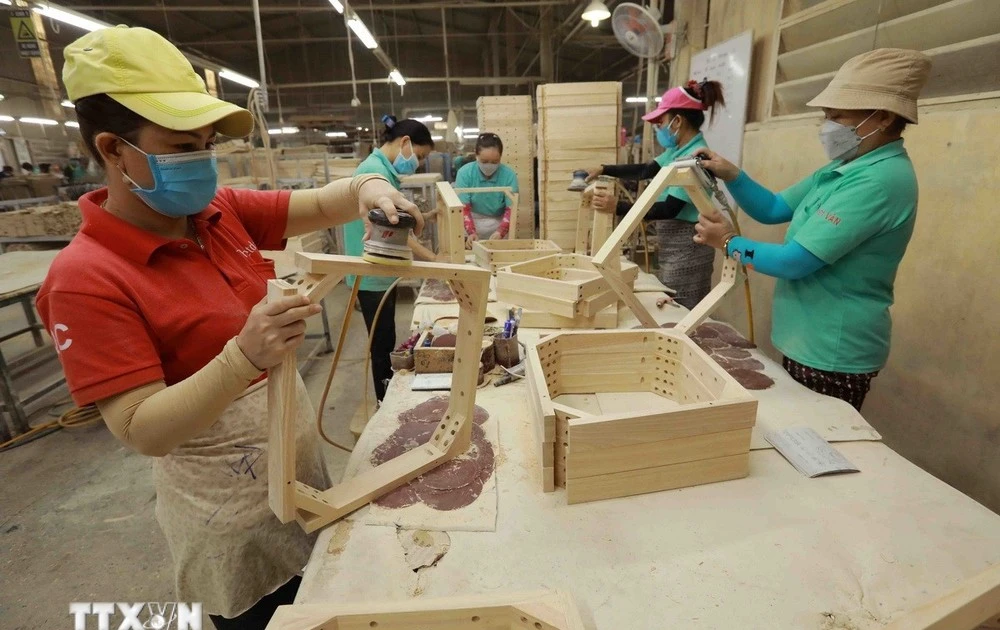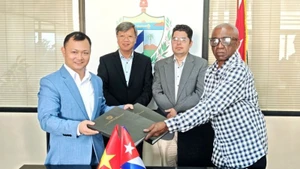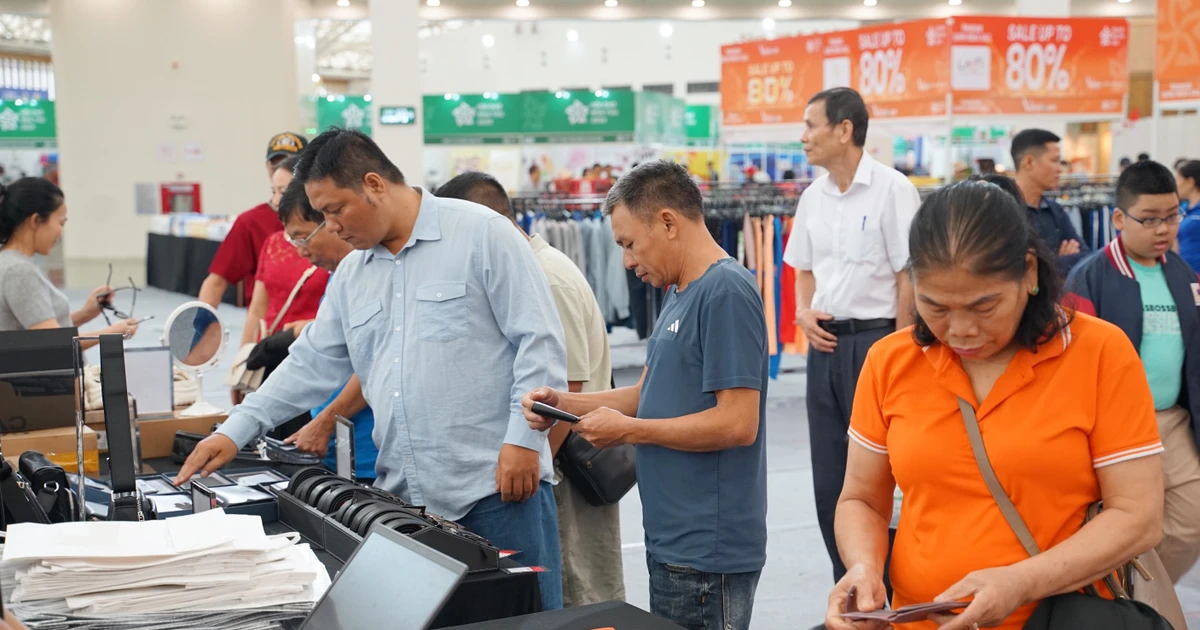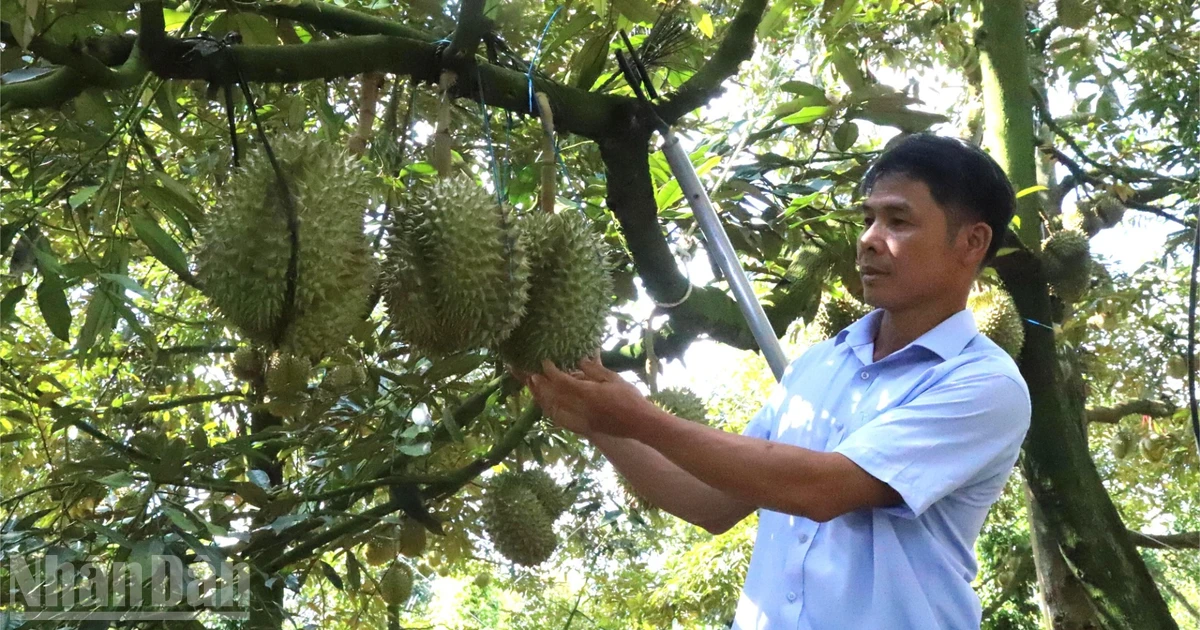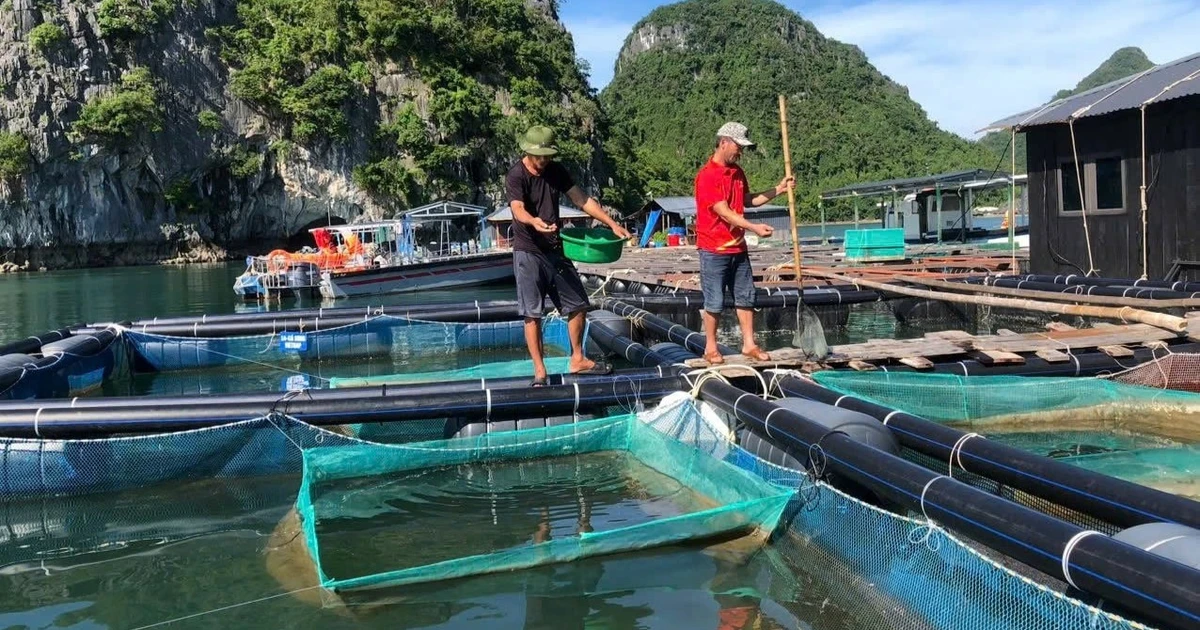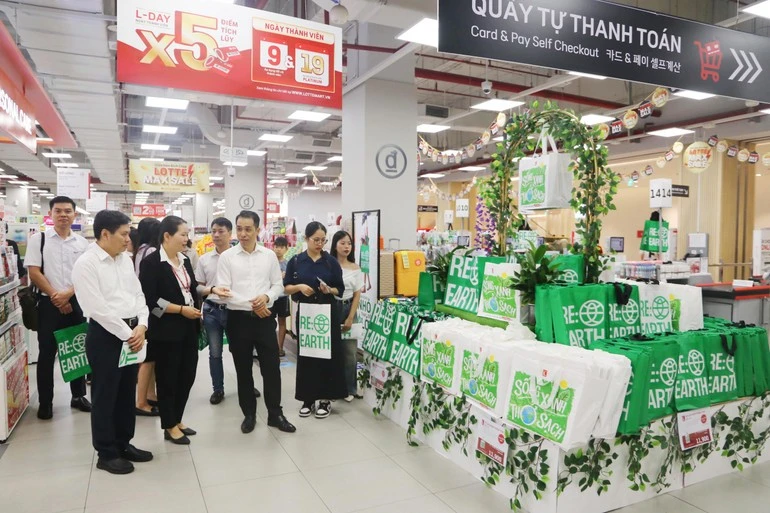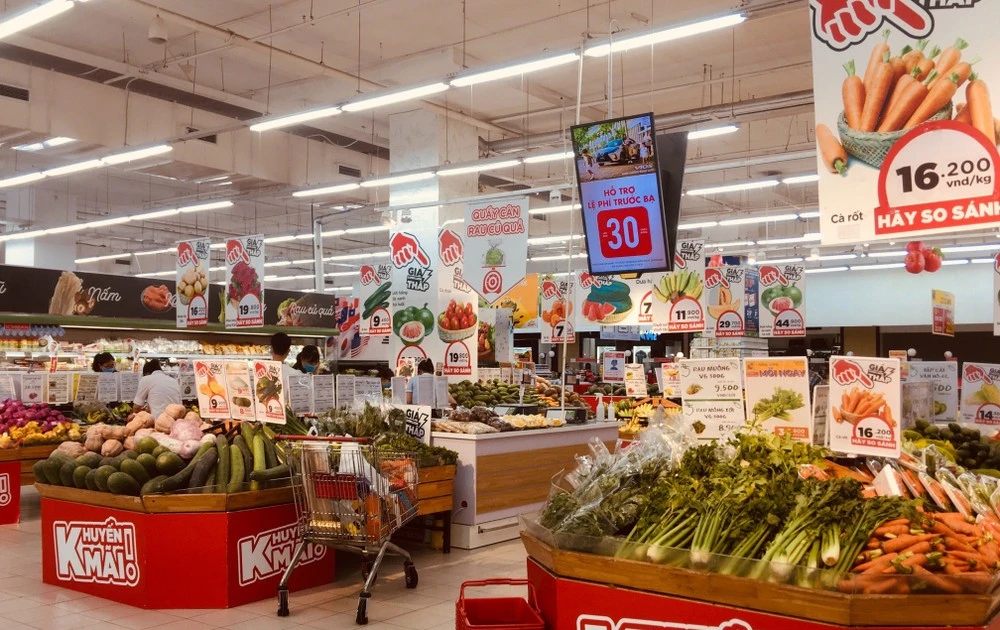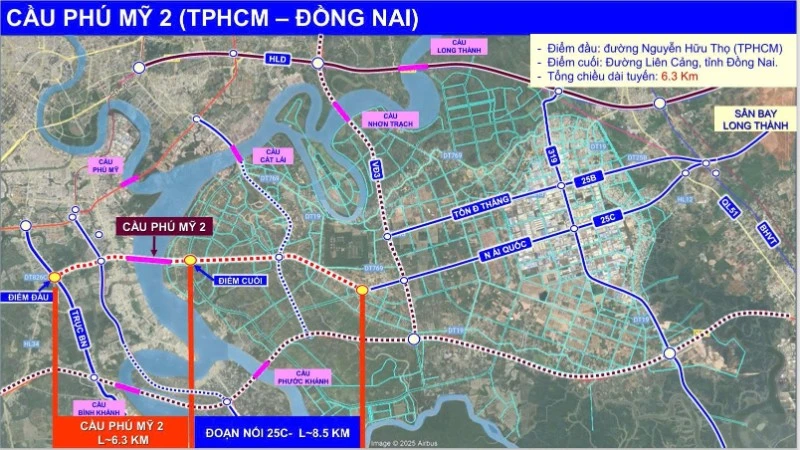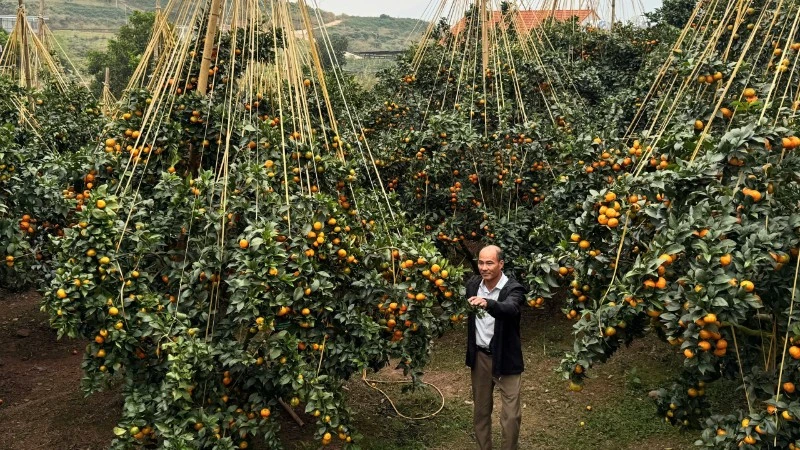However, urbanisation, industrialisation and climate change have gradually reduced agricultural land areas. As a result, restructuring crop patterns and adopting cultivation methods that support green growth have become urgent priorities.
Resolution 19, issued in June 2022, on agriculture, farmers and rural areas to 2030, with a vision to 2045, together with the Green Growth Strategy for the 2021-2030 period, emphasises the role of a green, modern agriculture that adapts to climate change, with sustainable land use as a core element.
According to the Department of Crop Production and Plant Protection under the Ministry of Agriculture and Environment, although the Red River Delta has significant potential, its agriculture faces numerous challenges, including abandoned land, deteriorating soil quality due to overuse of chemicals, erosion and degradation. These problems not only reduce productivity but also threaten long-term food security.
Most provinces and cities in the Red River Delta have experienced a significant reduction in agricultural land area. Statistics show that over the past decade (2015-2024), the region’s total agricultural land decreased by 27,760 hectares.
Hung Yen, Bac Ninh and Ha Noi recorded the largest reductions in agricultural land, despite having some of the best soil quality in the region. In addition, erosion and soil degradation have occurred in certain areas where long-term cultivation has not been accompanied by adequate organic matter replenishment.
Some areas are no longer replenished with natural alluvial deposits due to dike systems preventing floods, leading to gradual soil degradation. As fertility declines, crops grow poorly and yields fall, increasing production costs as farmers must apply more fertiliser to compensate for lost nutrients.
In recent years, agriculture in the Red River Delta has gradually shifted towards clean and organic production models, applying high technology to enhance both productivity and quality.
Furthermore, production-consumption linkages have gradually been established, and regional linkage policies are being implemented step by step to ensure stable markets for agricultural products and to increase farmers’ incomes.
Nevertheless, promoting investment in modern, intelligent production models and improving land-use efficiency will be essential to achieving green growth and sustainable agricultural development in the region.
Experts note that to achieve these goals, local authorities need to continue refining policies on agricultural land management and use to promote sustainable development.
The government should establish mechanisms to support farmers in transferring land-use rights in suitable forms, while encouraging the development of production linkages between farmers and enterprises to optimise land-use efficiency.
In addition, financial support policies for farmers adopting green growth approaches should be further developed.
These should include tax incentives, low-interest loans for sustainable agricultural projects, and the implementation of subsidy programmes for farmers applying high-tech methods, using organic fertilisers, and protecting soil resources.
There should also be policies encouraging farmers and enterprises to adopt advanced cultivation methods such as circular agriculture, organic farming, and biotechnology applications to reduce negative environmental impacts.
Transitioning to a green growth model of agriculture requires significant investment from both farmers and enterprises. Therefore, the government should offer financial support policies such as tax incentives and green credit subsidies, enabling farmers and businesses to access low-interest capital to invest in technology and infrastructure for green production.
Additionally, policies encouraging enterprises to invest in high-tech agriculture, adopt green production models, and link with farmers to create sustainable value chains should be strengthened.
Local authorities could also establish funds to support farmers in implementing pilot models, thereby scaling up successful initiatives across the region.
